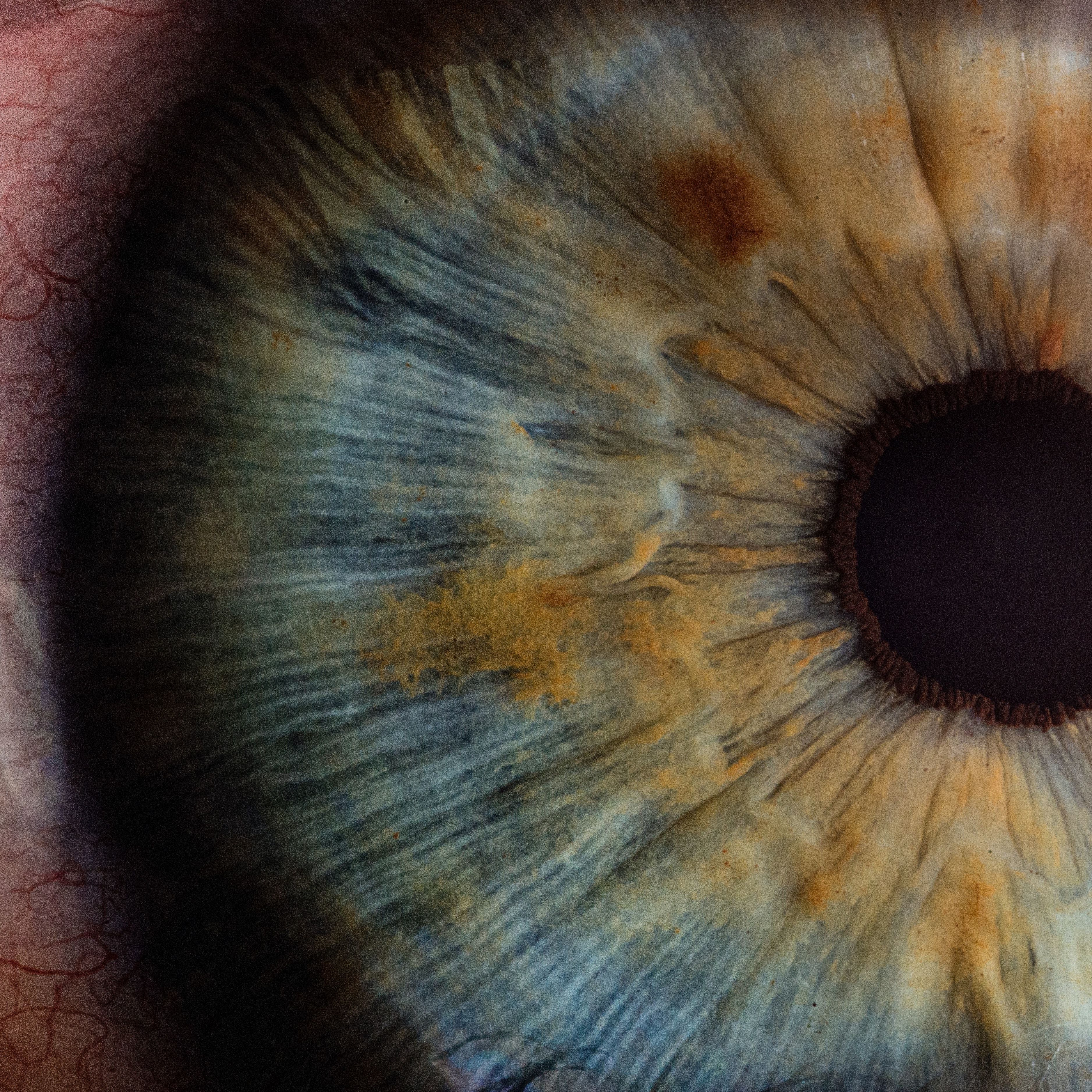Article
Further Research Needed to Assess Risk Factors Linked to Pterygium Recurrence
Author(s):
More than 80 000 pterygium excisions in the IRIS Registry suggest young, male, and publicly insured patients had an elevated risk of reoperation within 5 years.
Isdin Oke, MD

A new analysis of the Intelligent Research in Sight (IRIS) registry suggested that of more than 80,000 pterygium excisions, individuals who had an elevated risk of reoperation within 5 years were young, male, and publicly insured.
Led by Isdin Oke, MD, Department of Ophthalmology, Boston Children’s Hospital, study investigators indicated that while the association of pterygium recurrence within age and sex had previously been reported, the association with insurance type is novel.
Oke noted that this “may suggest that differences associated with socioeconomic status, such as occupational or environmental exposures, may increase recurrence risk, although unmeasured confounding factors may also influence decisions to undergo reoperation.”
Practice patterns may be better informed if clinicians understand the factors associated with pterygium reoperation. Data from the IRIS registry was assessed to evaluate the risk factors involved, with investigators including patients who underwent the procedure between January 2013 and December 2020.
They defined the initial surgery as the first pterygium excision performed for each patient in each eye and subsequently defined reoperation as any pterygium excision performed in the same eye within the study interval at least 1 month after the initial surgery. A single eye was selected at random for patients who underwent bilateral pterygium excision.
Oke and colleagues calculated the cumulative probability of reoperation within 5 years of the first pterygium excision using a Kaplan-Meier estimator. They quantified the association between reoperation and risk factors, including age at surgery, sex, race and ethnicity, smoking status, geographic location, surgeon subspeciality and volume using multivariable Cox proportional hazards regression models.
The study included 87,042 patients undergoing pterygium excision. The cohort was 57% (n = 49,329) male and 30% (n = 21,037) publicly insured patients, with a mean age of 58 years. Data show the cumulative probability of pterygium reoperation was 5.7% (95% CI, 5.4% - 6.0%) within 5 years of initial surgery and decreased as a function of age.
A higher risk of reoperation was associated with younger age (hazard ratio [HR], 1.36 per decade [95% confidence interval [CI], 1.31 - 1.41; P <.001), male sex (HR, 1.18; 95% CI, 1.07 - 1.31l P = .002), public insurance (HR, 1.37; 95% CI, 1.22 - 1.53; P <.001), and surgery performed by a low-volume surgeon (HR, 1.46; 95% CI, 1.11 - 1.93; P = .008).
On the other hand, a lower risk was associated with surgery performed by a cornea specialist (HR, 0.63; 95% CI, 0.55 - 0.72; P <.001) and surgeries performed by high-volume surgeons.
This may suggest potential benefit to studying the techniques and adjuvant therapies used by these surgeons, according to the study investigators. They added that reoperations may have been underestimated if subsequent care for patients was not received at practices participating in the IRIS registry.
“Further research is needed to understand the factors associated with pterygium recurrence and to extrapolate these findings to guide practice patterns,” Oke concluded.
The study, “Risk Factors Associated with Pterygium Reoperation in the IRIS Registry,” was published in JAMA Ophthalmology.




